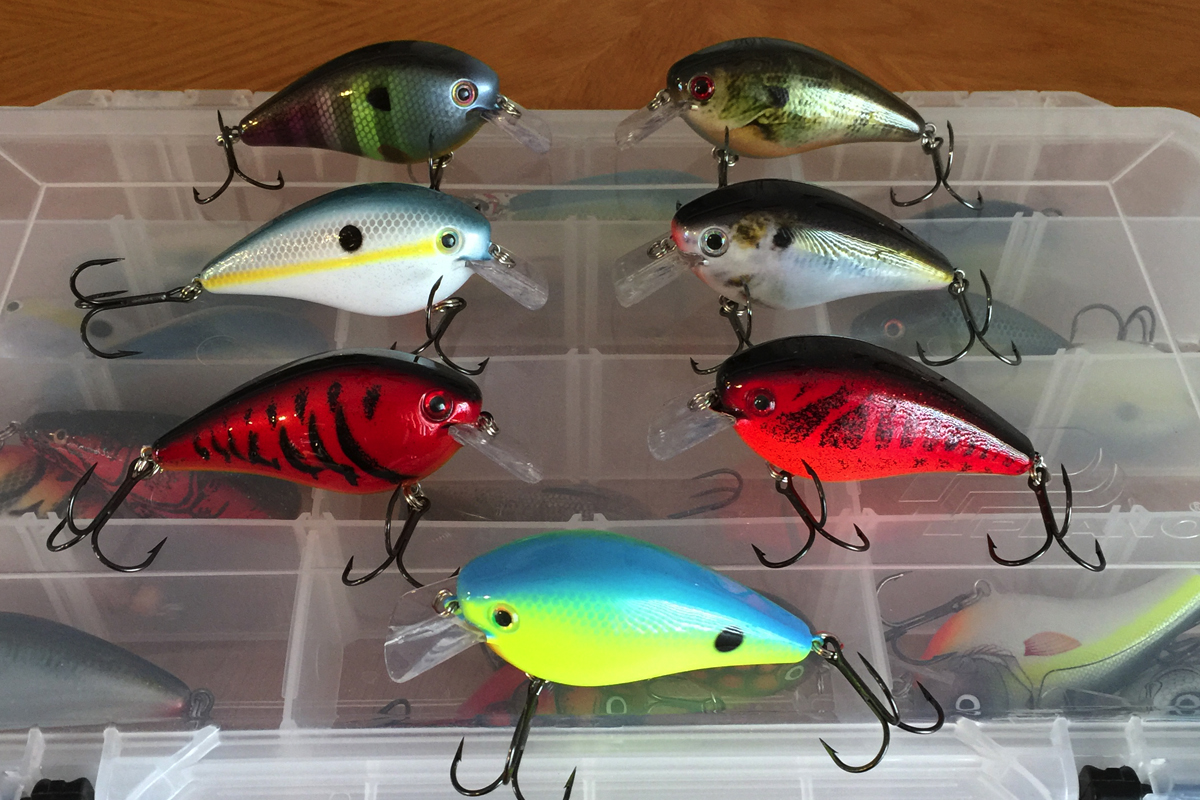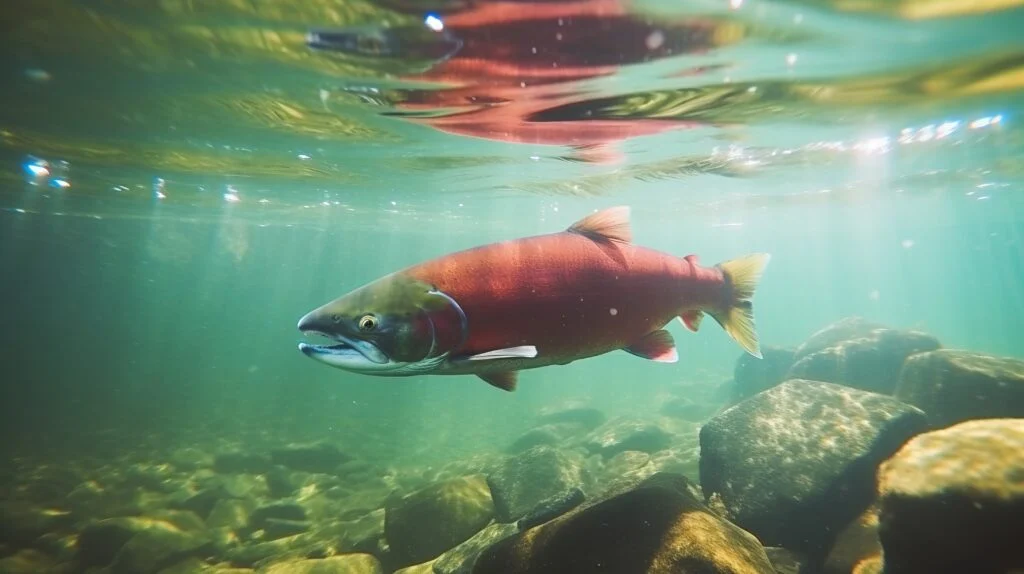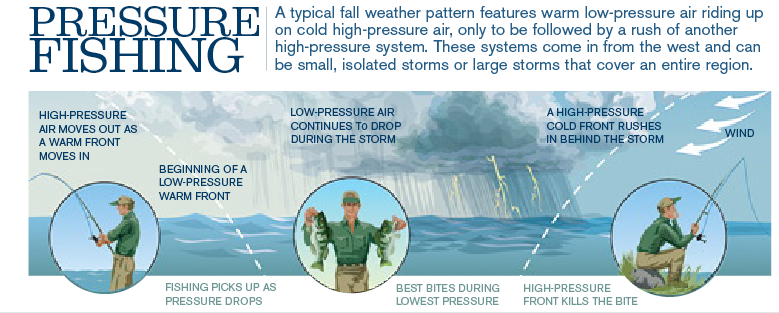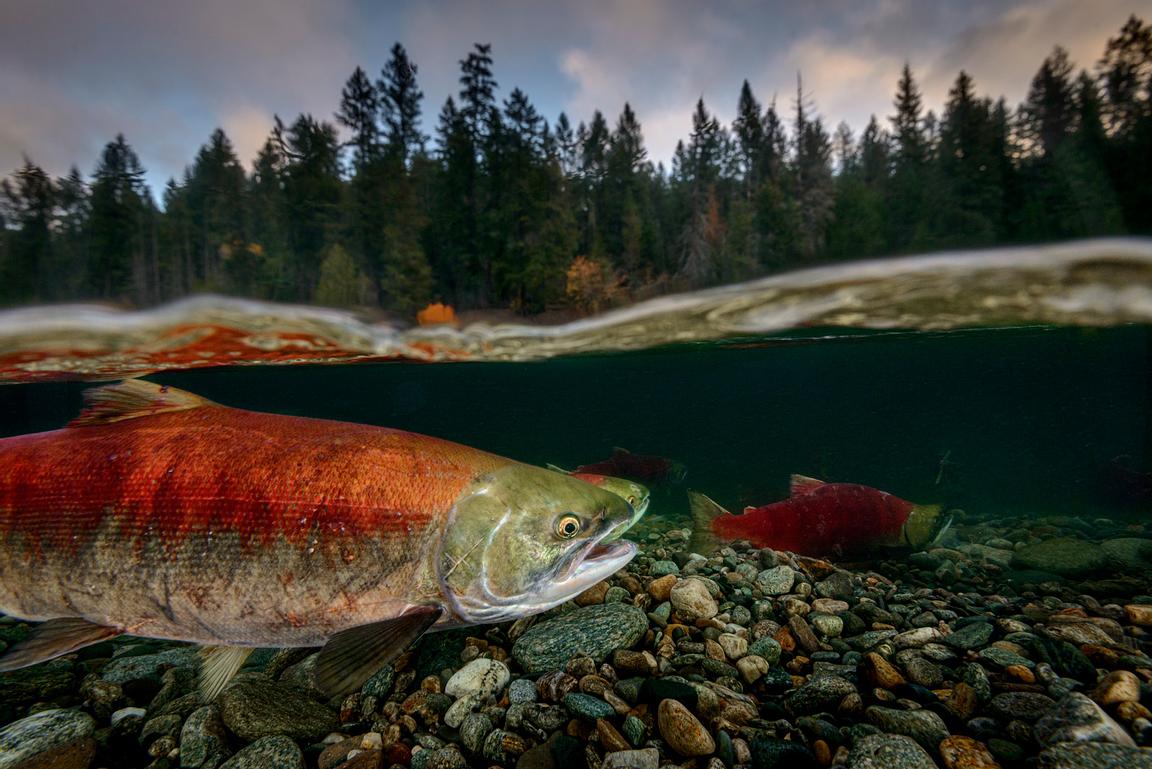Salmon fishing is a cherished activity for anglers worldwide, but success on the water often depends on more than just skill and luck. Understanding the ideal conditions for salmon fishing can significantly increase your chances of landing these prized fish. This article delves into the key factors that create the perfect environment for salmon fishing, from water temperature and flow to seasonal patterns and lunar phases.
Understanding Salmon Behavior
Salmon are anadromous fish, meaning they migrate from the ocean to freshwater rivers to spawn. This migration is heavily influenced by environmental factors, making it essential for anglers to understand salmon behavior to maximize their fishing success.
Salmon typically embark on their spawning migrations in the spring, summer, and fall. Each species of salmon—such as Chinook, Coho, Sockeye, and Pink—has its own migration timing. Understanding these seasonal patterns is crucial because it dictates when and where you should fish. For example, Chinook salmon are often found in freshwater rivers during the late spring and early summer, while Coho salmon runs peak in the fall
Ideal Water Conditions
The specific water conditions, such as temperature, clarity, and flow, play a pivotal role in salmon fishing.
Temperature
Salmon thrive in cooler waters, with the optimal range being 50 to 60 degrees Fahrenheit. During their migration from the ocean to freshwater rivers, they seek out cold, oxygen-rich water. In the summer, when water temperatures rise, salmon often move to deeper, cooler parts of the river or migrate during cooler periods, such as early morning or late evening. Anglers should monitor water temperatures closely, as even slight variations can significantly impact salmon activity.
Water Clarity
Clear water is generally favorable for salmon fishing because it allows salmon to see your bait or lure more easily. However, salmon are also more cautious in clear water, making them harder to catch. In murky or stained water, salmon rely more on their sense of smell and lateral line (which detects vibrations) to locate prey. In these conditions, using brightly colored lures or bait with strong scents can be more effective. The ideal water clarity for salmon fishing is slightly stained water, where salmon can still see but feel secure enough to strike.

Water Flow
The flow of water in rivers and streams is another crucial factor. Salmon prefer moderate to fast-moving water, as it provides the oxygen levels they need and helps them conserve energy during their migration. In slow-moving water, salmon are more likely to rest, making them harder to catch. Conversely, in very fast water, salmon may struggle to hold their position, making it difficult for them to strike at bait. Understanding the flow patterns in your chosen fishing spot can help you position yourself in areas where salmon are most likely to be active.
Seasonal Considerations
Each season presents unique challenges and opportunities for salmon fishing. By understanding these seasonal variations, you can time your fishing trips for the best possible outcomes.
Spring
In the spring, the water is often cold from snowmelt, and salmon are just beginning their migration. This can be a challenging time to fish, as salmon are still adjusting to the freshwater environment. However, early spring can also be rewarding, as salmon are typically hungry after their long journey. Targeting deeper pools and slower-moving water, where salmon are likely to rest and feed, can increase your chances of success
Summer
Summer is peak season for salmon fishing, especially for species like Chinook and Sockeye. However, rising water temperatures can make salmon more elusive during the day. Fishing during the cooler parts of the day—early morning or late evening—can be more productive. Additionally, salmon may move to deeper, cooler parts of rivers during the heat of the day, so adjusting your tactics to target these areas is crucial.

Fall
Fall is often considered the best time for salmon fishing, particularly for Coho and Pink salmon. The cooler temperatures and increased water flow from autumn rains create ideal conditions for salmon to move upriver. This is also the time when salmon are most aggressive, making them more likely to strike at lures or bait. Fall fishing often requires a combination of techniques, including drift fishing and casting, to match the changing conditions.
Winter
Winter salmon fishing can be challenging due to colder water temperatures and less active fish. However, it is possible to catch salmon during this time by targeting deep, slow-moving pools where salmon are likely to hold. Using smaller, more subtle lures and slowing down your retrieval speed can also help entice lethargic salmon to bite.
Weather and Environmental Factors
Weather conditions play a significant role in salmon fishing, influencing everything from water levels to salmon behavior.
Rain and Snowmelt
Rain and snowmelt can cause river levels to rise and water clarity to decrease, creating challenging conditions for salmon fishing. However, these changes can also trigger salmon to move upstream, making it an excellent time to fish. After a heavy rain, focus on areas where smaller streams or tributaries flow into the main river, as these spots often attract salmon seeking cooler, oxygen-rich water
Atmospheric Pressure and Wind
Changes in atmospheric pressure can affect salmon behavior, with many anglers finding that low-pressure systems, often associated with cloudy, overcast weather, are more favorable for salmon fishing. Wind can also impact your fishing strategy. On windy days, salmon may be more active near the surface, especially if the wind stirs up the water and disorients baitfish.

Tide and Moon Phases
For anglers fishing in coastal or estuarine areas, understanding tides and moon phases is crucial for success.
Tides
Tidal movements are a major factor in coastal salmon fishing. During incoming tides, salmon are often more active, moving closer to shore or into river mouths. Outgoing tides can also be productive, especially when salmon are returning to the ocean after spawning. Planning your fishing trips around the tidal schedule can increase your chances of encountering active salmon
Moon Phases
Moon phases affect both tides and salmon behavior. The full moon and new moon phases, which produce stronger tides, can lead to increased salmon activity. During these times, salmon are more likely to move with the tides, making them easier to target. Many anglers also believe that salmon feed more actively during these phases, particularly at night, making early morning or late evening fishing more productive.
Optimal Fishing Times
Timing is everything in salmon fishing. Knowing when to fish can make a significant difference in your success.
Best Times of Day
Salmon are generally most active during the early morning and late evening when the light is low, and water temperatures are cooler. These times also coincide with tidal movements in coastal areas, which can increase salmon activity. Midday fishing can be less productive, especially during the summer, when water temperatures are at their highest.

Planning Around Tides and Weather
Combining knowledge of tides, weather conditions, and seasonal patterns allows you to plan your fishing trips more effectively. For example, fishing during an incoming tide on a cool, overcast morning in the fall can provide ideal conditions for salmon fishing. Always check the weather forecast, tide tables, and moon phases before heading out to ensure you’re fishing at the best possible time.
Adapting to Changing Conditions
Conditions on the water can change rapidly, and successful anglers are those who can adapt their techniques accordingly.
If water clarity decreases due to rain, consider using brighter, more visible lures. If the river flow increases, switch to heavier weights or use drift fishing techniques to keep your bait near the bottom where salmon are holding. Flexibility and observation are key—pay attention to the environment and adjust your tactics to match the conditions.
Understanding and adapting to the ideal conditions for salmon fishing is essential for success. By paying attention to factors such as water temperature, clarity, flow, weather patterns, tides, and moon phases, you can significantly increase your chances of catching salmon. Whether you’re a seasoned angler or a beginner, this knowledge will help you make the most of your time on the water, leading to more rewarding and successful fishing experiences.

Robert Smith is the proud owner of Bait Barrels and Bows, a premier fishing sports store established in 1989. With over three decades of experience in the industry, Robert has honed his skills to become an expert angler, sharing his vast knowledge and passion for fishing with enthusiasts around the world. Through his store and writings, Robert provides invaluable tips and guidance, helping both novice and seasoned anglers improve their techniques and enjoy the sport to its fullest. His commitment to the fishing community is evident in his dedication to quality products and excellent customer service.

